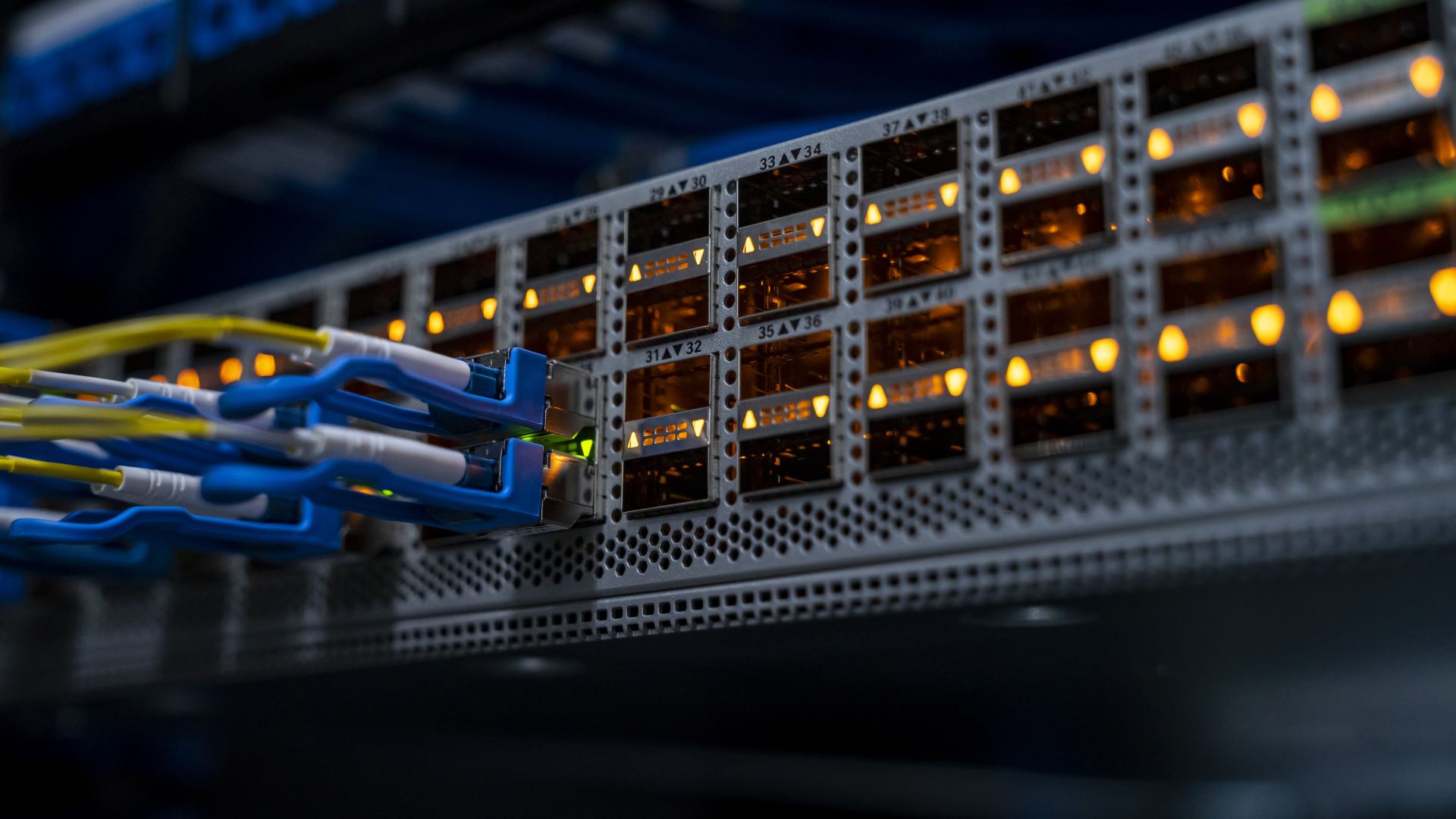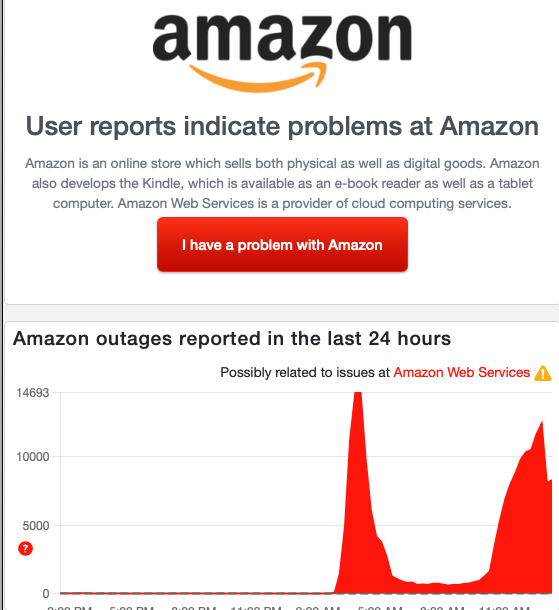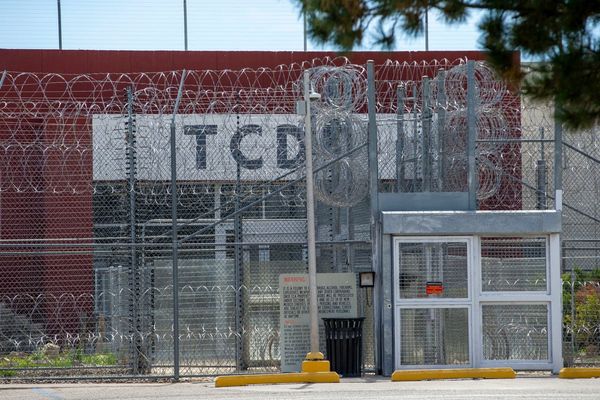
Early Monday morning, October 20, 2025, millions of users woke up to broken apps, frozen devices and websites that simply wouldn’t load as a result of an AWS outage we're tracking live. Services like Snapchat, Ring, Alexa, Fortnite and even some online banking services went dark for several hours — all because of one cloud region in Northern Virginia.
AWS says the culprit was a DNS issue inside its DynamoDB service, which caused a chain reaction that rippled across the web. In simpler terms: one of the internet’s core address books temporarily lost track of where critical servers lived. Here’s how it happened — and why the effects were so massive.
A small failure in a big place

Around 3:10 a.m. ET, engineers at AWS’s us-east-1 data center (its busiest region) started seeing errors pile up. DynamoDB, a key database service used by thousands of apps, suddenly couldn’t be reached because its DNS records weren’t resolving.
If DNS is like the contact list of the internet, then this was a case of missing every number at once. Apps couldn’t find their databases. Websites couldn’t reach their login systems. Smart home devices couldn’t even phone home.
AWS said the problem was fully mitigated by 5:24 a.m. ET, but not before millions of requests failed, backups formed and connected services began to buckle under retries.
The domino effect of a cloud collapse

Although AWS is Amazon’s own cloud computing backbone, it powers far more than Amazon itself. Companies across the world rely on its servers, storage and databases to stay online — including many services you probably use every day.
When DynamoDB went down, so did the services built on top of it. That included streaming apps, online games, and even smart devices like Alexa speakers and Ring doorbells.
And because AWS’s Northern Virginia region also handles core management tasks for the platform, the failure spread quickly. Even companies hosting data in other AWS regions still depend on us-east-1 for certain background operations. So, when it hiccups, everyone feels it.
Put simply, this wasn’t one company going down. It was part of the internet’s backbone falling out from under it.
Why DNS problems hit harder than most

DNS (Domain Name System) is what turns a readable name — like amazon.com — into a numeric address computers use to talk to each other. When it fails, the internet stops working.
Most cloud services have backups and failover plans, but DNS issues are notoriously sneaky. They can make systems look healthy on the surface while silently blocking connections underneath. So when DynamoDB’s address stopped resolving, many apps didn’t even know where to send their data.
It’s like losing GPS for every delivery truck on the road — everything stalls, even if the trucks still work.
What Amazon says now

By late morning, AWS said that “most service operations are succeeding normally” and that the DNS problem was fully resolved. Still, some companies saw lingering slowdowns and needed to manually reboot parts of their systems.
AWS confirmed that no cyberattack was involved, and early signs point to a configuration or propagation error inside the DNS layer for DynamoDB. The company is still preparing a full post-incident report.
The bottom line
This AWS outage is a reminder of how dependent the modern internet is on a handful of providers. Even though the cloud is supposed to be decentralized, a huge portion of the web relies on just a few regions and services. When one of them stumbles, it feels global.
Experts say companies should diversify where their systems live; using multiple AWS regions or even multiple cloud providers, but many don’t, because it’s complicated and costly. Until that changes, a problem in one Amazon data center can still knock out a chunk of the internet.
It’s a stark reminder that even the biggest, most sophisticated cloud platform isn’t immune to tech problems.
Follow Tom's Guide on Google News and add us as a preferred source to get our up-to-date news, analysis, and reviews in your feeds. Make sure to click the Follow button!







